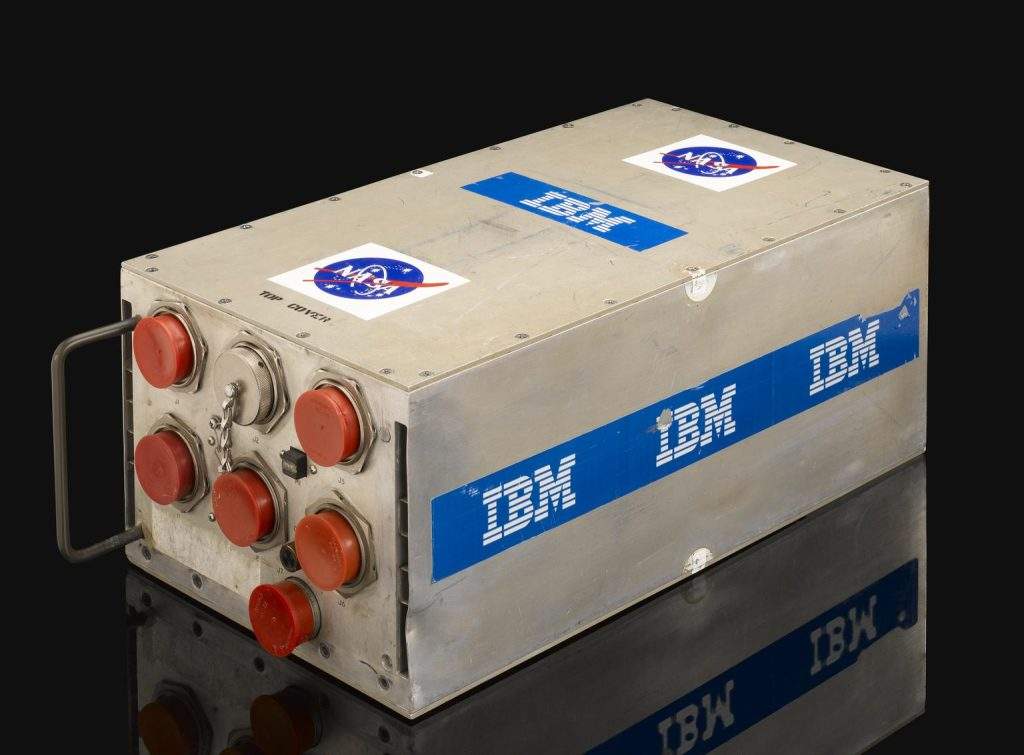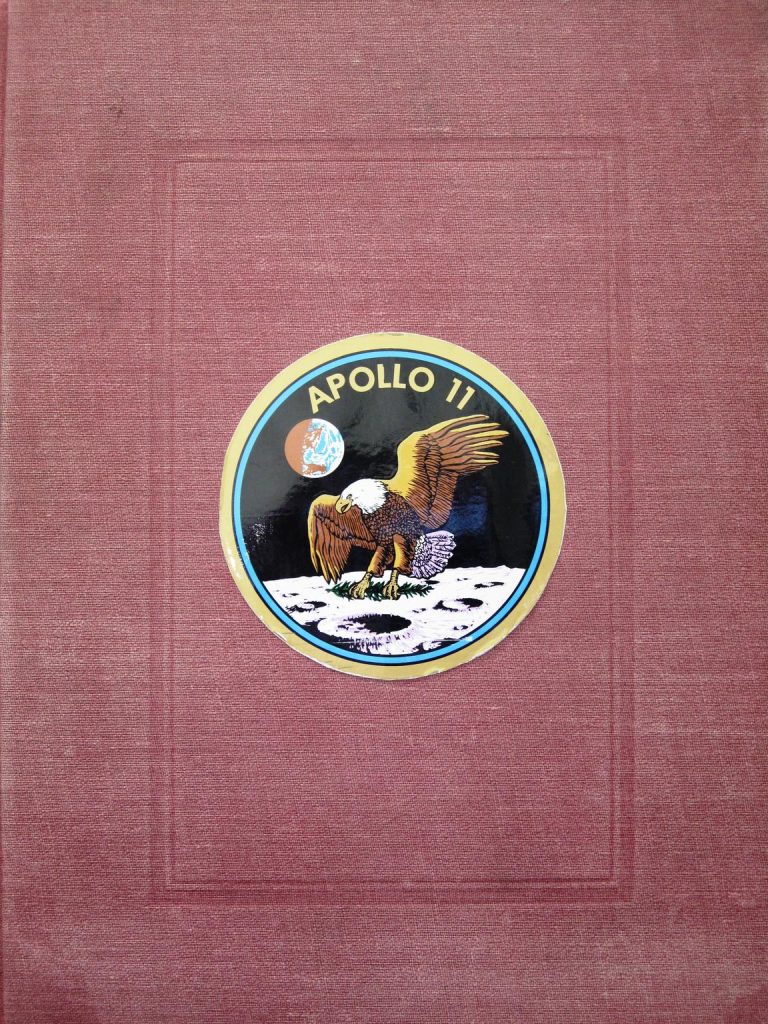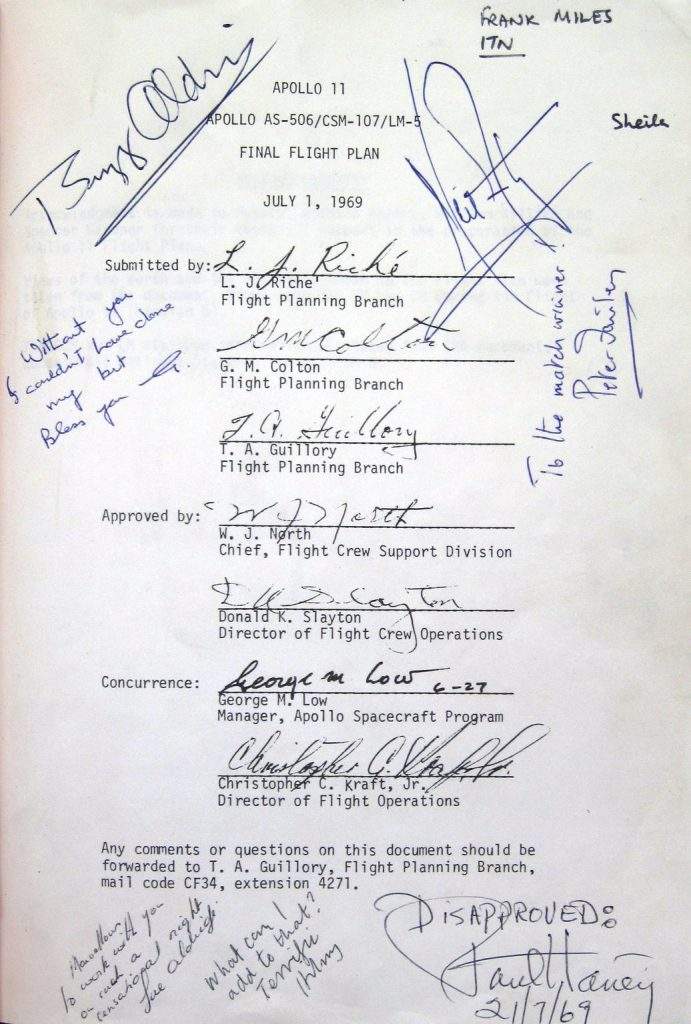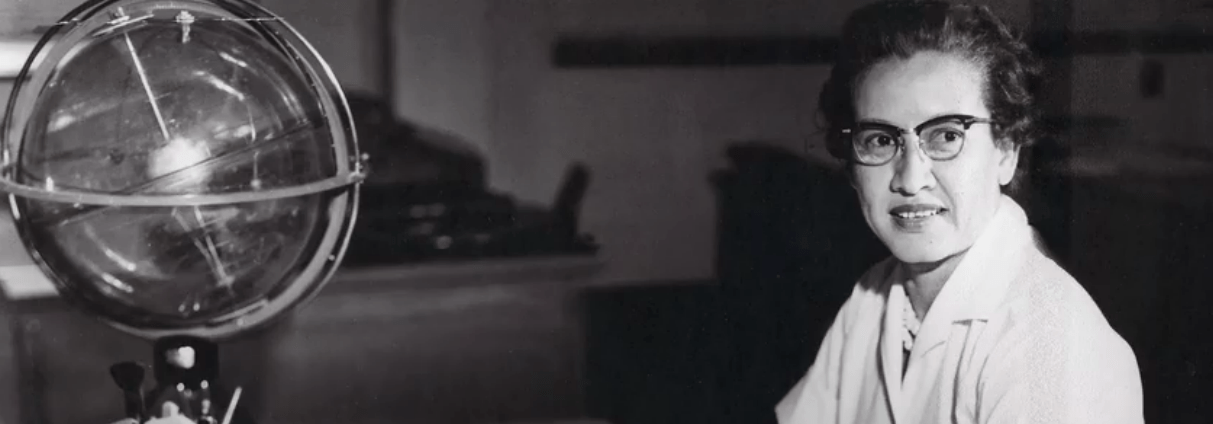Humanity would not have landed on the moon without the work of Katherine Johnson. A brilliant mathematician – Johnson calculated the flight paths of numerous spacecrafts in NASA programmes and contributed to the calculations that safely landed and returned the astronauts of the Apollo 11 mission in 1969. On her birthday, we can celebrate the excellence and achievements of one of the greatest mathematical minds of her generation.
For decades, Katherine Johnson’s contributions were little known and uncelebrated. As an African American woman in the Jim Crow governed southern states of the USA, Johnson struggled against the tide of broad institutional racism and sexism from her very earliest years. Born in White Sulphur Springs, West Virginia in 1918, education was of utmost importance to her parents – her mother being a teacher herself – and the early signs of Johnson’s extraordinary mathematical abilities meant her parents enrolled her into high school at the young age of 10 – 4 to 5 years younger than her peers. Additionally, this was in part because the county that she lived in did not offer any state school places to African American children after the age of 13, which Johnson and her older siblings were quickly approaching.
After completing highschool at the age of 15, Katherine Johnson enrolled in university at what is now West Virginia State University, an historically black institution, and excelled in all of their mathematics programmes. After graduating with highest honours, in 1939 Johnson went on to become one of the first three black graduate students, and the only woman, enrolled in West Virginia University, which was desegregated for the first time that year.

After a period of time teaching, in 1953 Johnson accepted a position at the Langley Memorial Aeronautical Laboratory in Virginia, for the National Advisory Committee for Aeronautics (NACA) – which would later be renamed National Aeronautics and Space Administration (NASA). At this time, NACA was still segregated and Johnson and her colleagues were required to work, eat, and use bathrooms separately from their colleagues – even their title was different from white colleagues being referred to as ‘Colored Computers’ rather than ‘West Area Computers’ – though Johnson regularly defied these racist policies.
She was working in a pool of women performing mathematical calculations known as ‘human computers’ at a time when women had very little opportunity for career progress. Johnson remembered that ‘[w]e needed to be assertive as women in those days – assertive and aggressive.’ It was only after a temporary assignment to help the all-male flight research team that Johnson’s exceptional skills in analytic geometry were noticed. She was then reassigned to the Guidance and Control Division of Langley’s Flight Research Division which up to that point had been exclusively staffed by white male engineers. Here she not only adapted to the new environment but professionally thrived, demanding credit for her work and ultimately coauthoring a report laying out equations describing an orbital spaceflight with a specified landing position for spacecraft in 1960. This was the first time a woman had been credited as a co-author of a research report in NASA and Johnson would go on to author 26 such reports during her career.
Katherine Johnson was eager to explain that what she achieved was the result of collaboration with teammates. This would have included Mary Jackson, Dorothy Vaughn, and the many other human computers, researchers, etc. from other marginalised groups underappreciated for their contributions to space programmes around the world. While there were many social and institutional barriers in her way, her determination, belief in herself and the work she was doing, and carefully honed skills and talents meant Katherine Johnson defied all odds during her career.

Johnson’s mathematical ability meant that she performed the calculations responsible for many of NASA’s greatest achievements in the 20th century. She calculated the trajectory for the 1961 Mercury-Redstone 3 mission that put the first American in space. When John Glenn, the first American to orbit the Earth, was concerned about the accuracy of the new IBM computers calculating his return to Earth, he refused to fly unless Johnson herself confirmed the calculations were accurate. This instance encouraged her to work more directly with digital computers, helping to contribute to the wider confidence people have with this technology over the last half-century.
Perhaps one of the most well-known programmes she contributed to was the Apollo Program. Johnson calculated the trajectories for the Apollo 11 mission and of the lunar module landing. The now famous rescue of the Apollo 13 astronauts was also based on her research and work in orbital trajectories. After these iconic missions and the lifesaving successes as a result of her work, she continued her research with the space shuttle programme and finally retired in 1986 after 33 years with NASA.


Her later years were spent encouraging younger generations, particularly women, to explore STEM careers and to love their work. In her own words, “[t]he main thing is I liked what I was doing. I like work. I like the stars and the stories we were telling, and it was a joy to contribute to the literature that was going to be coming out. But little did I think it would go this far.” Her work continues to be used to go even further in our quest to understand and travel through space. Happy birthday and thank you Katherine Johnson for helping humanity reach the stars!
